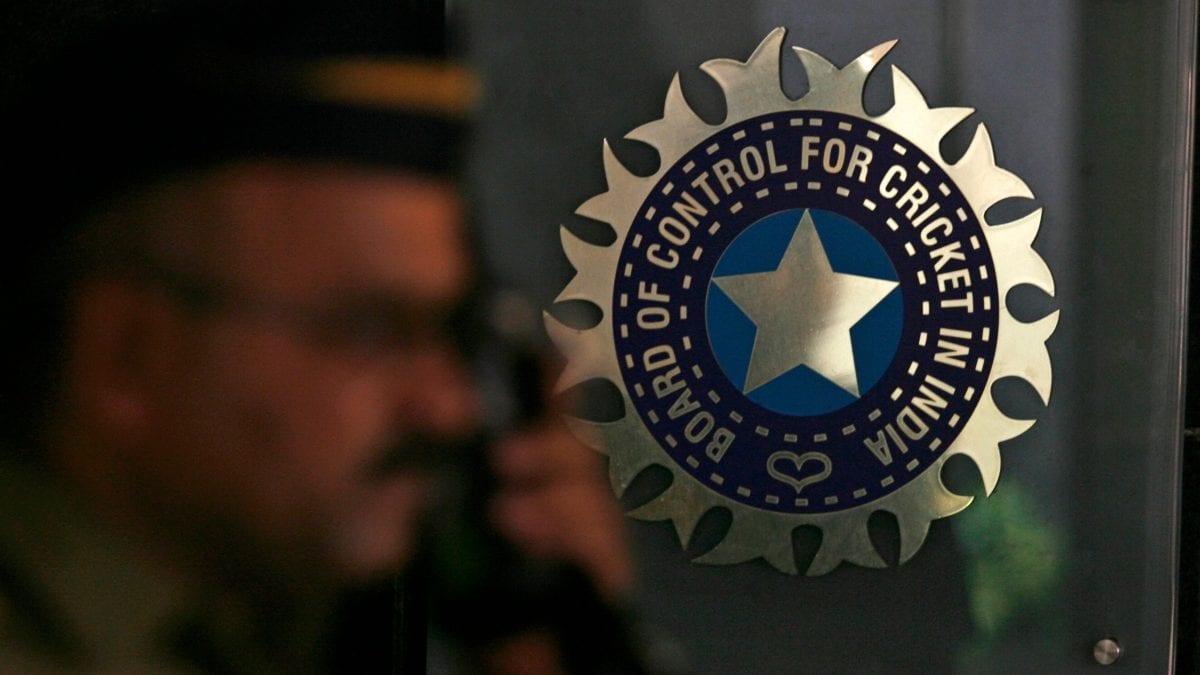

In a proactive move to ensure fair play and prevent age fraud in junior cricket, the Board of Control for Cricket in India (BCCI) has introduced an additional bone test for young cricketers. The decision, announced on June 16, 2025, aims to provide a more accurate age verification process, addressing concerns that some players were being unfairly excluded from competitions due to the existing method of age calculation.
The current system involves a bone test using the TW3 method, which assesses bone age. A "+1 factor" is then added to the result, which determines a player's eligibility for the next season in the same age group. This arithmetical addition can sometimes push a player just over the age limit, making them ineligible even if their actual biological age would qualify them.
The BCCI's new rule specifically addresses this issue for Under-16 boys. Under the revised guidelines, if a player in this category is deemed ineligible due to the "+1 factor" in the initial bone test, they will now have the opportunity to undergo a second bone test the following year. This second test will determine their eligibility to continue playing in the same age bracket.
A BCCI source explained that the goal is to ensure that age determination is based on scientific calculation rather than arithmetical calculation, preventing players from losing opportunities due to minor discrepancies. For instance, if a male Under-16 player undergoes a bone test in the 2025-26 season and the result shows a bone age of 15.4 years, a "+1" factor is automatically added, bringing his calculated bone age to 16.4 years for the 2026-27 season, allowing him to participate. However, if the initial test shows a bone age of 15.5 years or higher, the "+1" factor would push the calculated age to 16.5 or higher, making him ineligible. The second test aims to rectify potential inaccuracies in such cases.
The bone age cut-off for Under-16 boys is 16.5 years, while for Under-15 girls, it's 15 years. This means a male cricketer must register a bone age of 16.4 or below to qualify, and a female cricketer must be 14.9 or below.
This isn't the first time the BCCI has taken steps to combat age fraud. In the past, the organization has implemented strict penalties for players submitting forged or altered birth certificates, including bans from BCCI and state unit matches. They've also introduced voluntary disclosure schemes for players who have previously misrepresented their age. These measures, combined with the new additional bone test, demonstrate the BCCI's commitment to maintaining fairness and integrity in junior cricket and ensuring that young athletes compete in the appropriate age categories. The new rule reflects a growing emphasis on scientific accuracy and fair play, ensuring that talented cricketers are not unfairly disadvantaged due to administrative calculations.